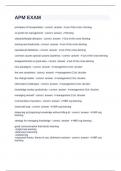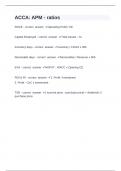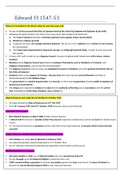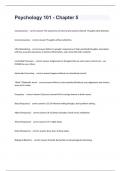Exam (elaborations)
Econ211 Lectures: Chapter 7: Production & Costs
- Course
- Institution
Lesson 7.1: What is Production? A. Firm and Production: a. Firm: An organization that comes into being when a person or a group of people decides to produce a good or service to meet a perceived demand. b. All firms demand inputs, engage in production, and produce output. They also have an ...
[Show more]









